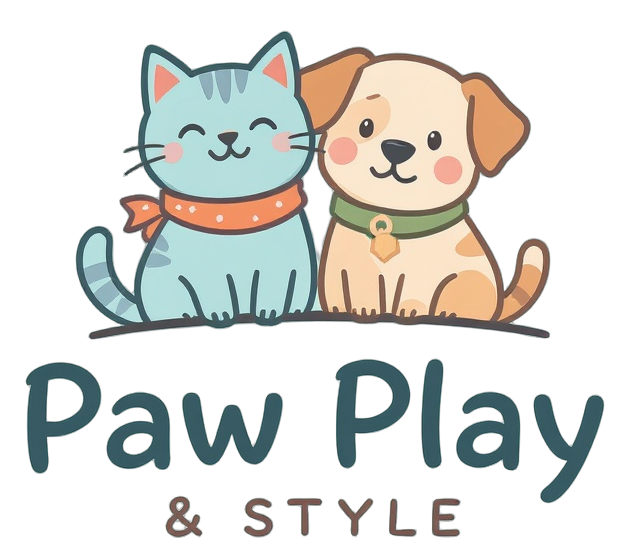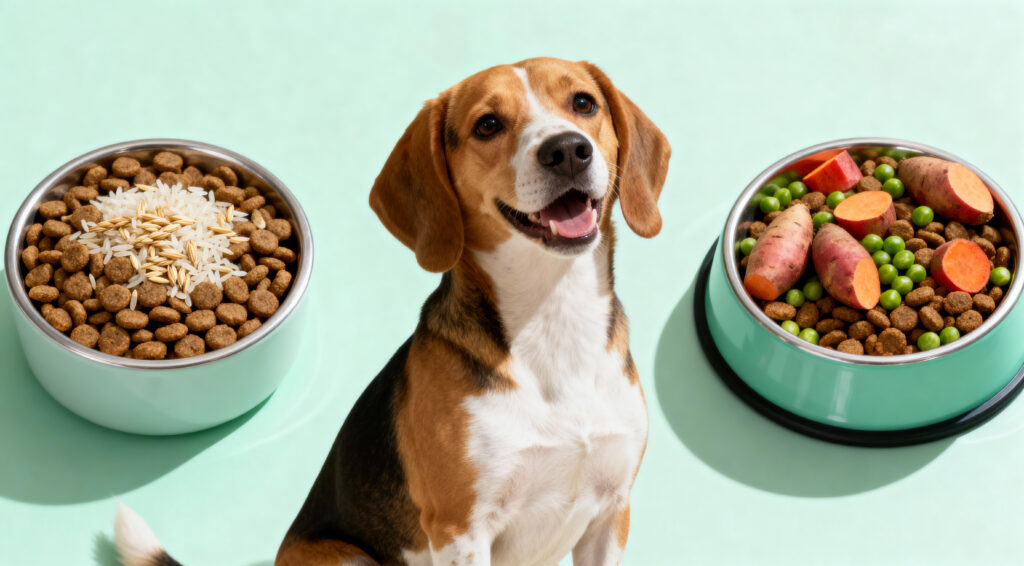When you walk down the pet food aisle or browse online stores, you will see countless bags marked with the label grain free. For years, many dog owners believed that grain free automatically meant healthier. But is that really true in 2025?
Let us look at what veterinarians say, what the latest research shows, and whether grain free food is truly the best choice for your dog.
What Does Grain Free Dog Food Mean?
Grain free dog food simply means it does not contain traditional grains such as:
Wheat
Corn
Rice
Barley
Instead, these are replaced with carbohydrate sources like:
Sweet potatoes
Peas and lentils
Chickpeas
Tapioca
It sounds healthier, but the truth is more complicated.
What Vets Are Saying in 2025
Veterinarians have expressed concern about possible links between certain grain free diets and heart problems. The FDA in the United States has investigated cases of dilated cardiomyopathy, a serious heart condition, in dogs eating grain free diets high in legumes.
Key points from vets in 2025:
Most dogs do well with grains. True grain allergies are rare.
The quality of protein matters more than avoiding grains.
Some high quality grain free foods are safe because they are carefully reformulated.
Always talk to your vet before switching your dog’s diet.
✔ Pros of Grain Free Dog Food
- May help dogs with sensitive stomachs or skin issues
- Often higher in protein, suitable for active breeds
- Free from common fillers like corn gluten
- Appeals to owners who prefer ancestral style diets
✖ Cons of Grain Free Dog Food
- Possible link to heart disease in some formulas
- Often more expensive than traditional food
- Not necessary for most dogs
- Legume heavy formulas may lack balanced nutrition
Vet Approved Alternatives
If you are unsure whether to go grain free, here are some safe options in 2025:
With Grains (balanced and safe):
Hill’s Science Diet Adult Large Breed
Royal Canin Size Health Nutrition
Grain Free (high quality and reformulated):
Blue Buffalo Wilderness Grain Free
Ziwi Peak Air Dried Grain Free
Tips for Dog Owners in Small Homes
Control portions since grain free foods can be more calorie dense
Transition to new food slowly over 7 to 10 days
Choose foods tested and certified by AAFCO (US) or PFIAA (Australia)
Final Thoughts
So is grain free better? The simple answer is not always. Most dogs do perfectly fine on diets that include healthy grains. Unless your dog has a true allergy or sensitivity, there is usually no need to avoid grains.
The safest approach is to choose a trusted, vet approved brand and focus on balance, quality protein, and overall nutrition. In 2025, these matter far more than the grain free label on the bag.

